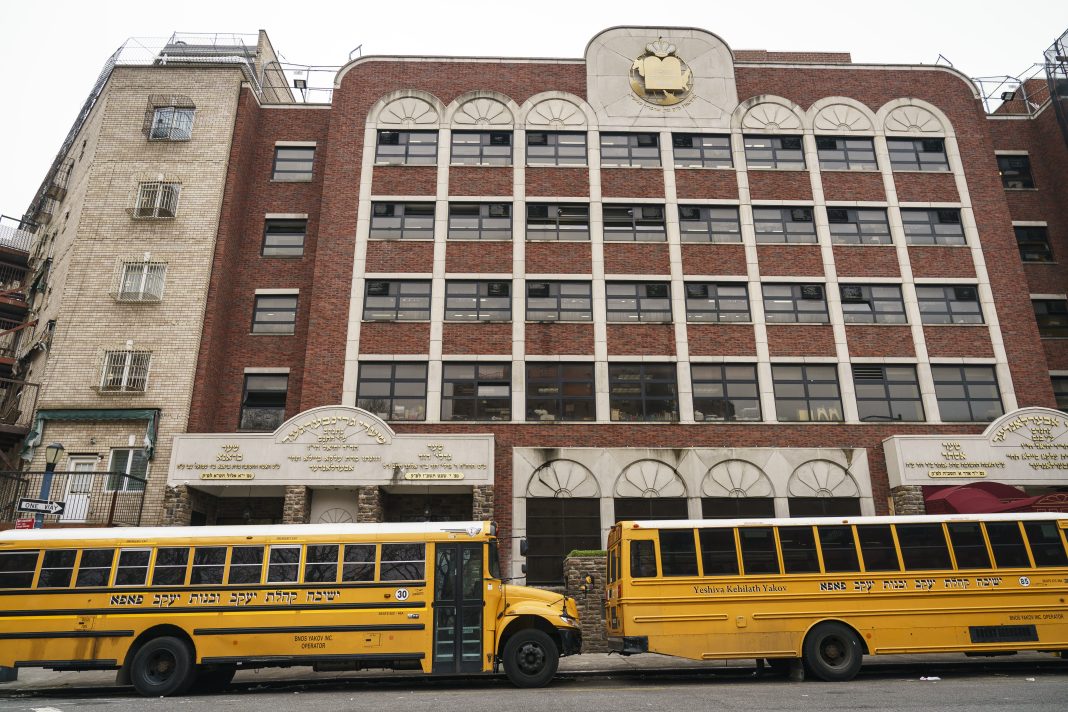In an era marked by rising antisemitism and broader concerns about safety in educational environments, a proposed piece of legislation from Brooklyn Councilman Justin Brannan aims to reshape the landscape of security funding for smaller religious schools, including yeshivas. This initiative, if passed, would allocate millions of taxpayer dollars to ensure that all non-public schools have access to security measures, a significant shift from the current law that limits such support to larger institutions with over 300 students.
The urgency of this legislative proposal cannot be overstated. Maury Litwack, founder and CEO of the Teach Coalition—an organization advocating for Jewish day schools—articulates a stark reality: “Hate crimes and harassment fueled by antisemitism and Islamophobia are at record highs, and our children deserve to be protected, no matter where they go to school.” The figures bear out this sentiment; recent data from the FBI indicate a notable rise in hate crimes, with those targeting Jewish individuals particularly alarming.
Currently, the city has the authority to spend up to $19.8 million annually under its security grant program, which, as it stands, serves only larger non-public schools. The proposed expansion to include smaller institutions, of which there are approximately 550 in the city, could nearly double that figure to an estimated $40 million. This increase highlights a significant gap in resource allocation, as smaller schools often struggle to secure the funding necessary for adequate safety measures.
Brannan emphasizes the necessity of this program, stating, “There is nothing more important than keeping our kids safe when they’re in school.” He argues that expanding the Nonpublic School Security Reimbursement Program (NPS) to encompass a broader range of schools is not just logical but essential. “It allows kids to focus on learning and gives parents and guardians priceless peace of mind in an upside-down world,” he adds, reflecting a shared concern among educators and families alike about the current climate.
However, the proposal has met with pushback. Critics, including representatives from the New York Liberties Union, argue that such funding represents a violation of the constitutional separation of church and state. During a recent hearing, Beth Haroules, a prominent figure in the organization, criticized both the existing law and Brannan’s proposed changes, labeling them as “bad policy.” This contention highlights an ongoing debate about the role of government funding in religious education, a topic that has been contentious throughout American history.
Additionally, the concerns of charter schools have surfaced in this discussion. Representatives from these institutions, which operate independently of traditional public schools, have expressed a desire for inclusion in the security funding program, indicating a broader need for equitable resource distribution across various educational models. Currently, charter schools finance security measures through their general budgets, which can strain their financial resources.
This ongoing dialogue underscores a fundamental question: How do we balance the need for safety in educational settings against the principles of secular governance? As the bill moves forward, it will be crucial for lawmakers to consider not only the immediate safety concerns but also the long-term implications of funding religious institutions with taxpayer dollars.
As communities grapple with these issues, one thing remains clear: the safety of children in educational environments must be a paramount concern. In a world where fear and hate can seep into the places meant for learning and growth, ensuring that all students, regardless of the type of school they attend, have access to adequate security resources is a step toward fostering a more inclusive and safe society. The outcome of this proposed legislation could set a significant precedent for how educational institutions navigate the complexities of safety, funding, and the delicate balance of church and state in the years to come.

